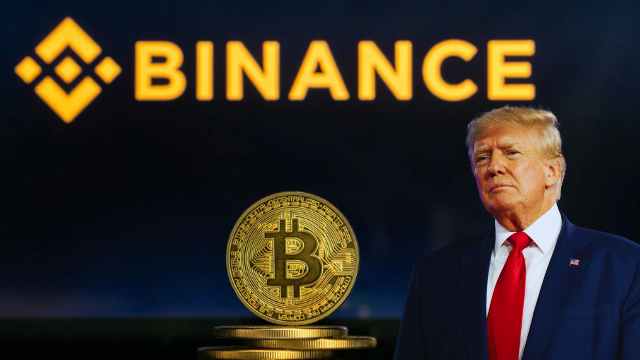In a move that’s sending shockwaves through the cryptocurrency world, Binance, the global titan of crypto exchanges, is reportedly angling to loosen U.S. regulatory shackles while cozying up to World Liberty Financial (WLF), the bold new crypto venture backed by former President Donald Trump. According to a bombshell report from The Wall Street Journal, Binance executives met with U.S.
Treasury officials in March 2025, pushing to scale back oversight tied to a historic $4.3 billion settlement. At the same time, they’re in talks to list WLF’s dollar-pegged stablecoin, USD1, a deal that could redefine power dynamics in the crypto market. With political intrigue, regulatory chess, and billions at stake, this story is crypto’s latest high-octane drama.
Binance’s Quest to Break Free from U.S. Oversight
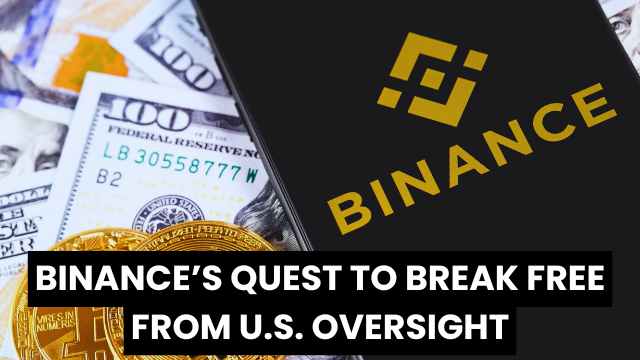
Imagine running the world’s largest crypto exchange—handling billions in daily trades—only to have a U.S.-appointed watchdog peering over your shoulder. That’s Binance’s reality since its 2023 guilty plea to violating U.S. anti-money-laundering (AML) laws, which came with a jaw-dropping $4.3 billion fine. The settlement, one of the biggest in crypto history, forced Binance to accept a compliance monitor to ensure it plays by the rules on AML and sanctions.
Now, Binance wants out—or at least a lighter leash. In their March 2025 meeting with Treasury officials, CEO Richard Teng and Chief Legal Officer Eleanor Hughes argued that the monitor’s oversight stifles innovation and puts Binance at a disadvantage against rivals. Reducing U.S. oversight, they claim, would let Binance flex its muscles in America’s booming crypto market. But why the urgency? Enter World Liberty Financial and a deal that’s got everyone talking.
A Crypto Power Play with Trump’s Name on It
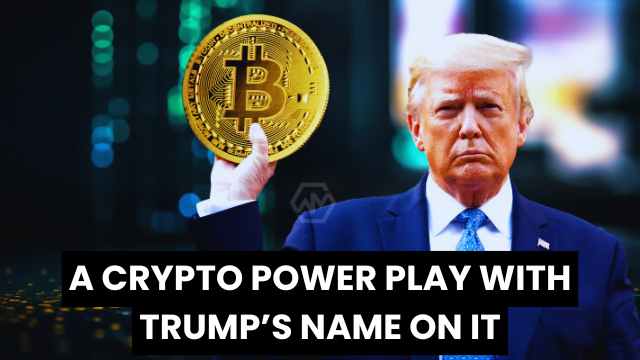
World Liberty Financial isn’t your average crypto startup. Launched by the Trump family in September 2024, WLF is pitching itself as a game-changer, with USD1—a stablecoin tied to the U.S. dollar and backed by Treasuries—as its crown jewel. Binance’s interest in listing USD1 signals more than a business deal; it’s a strategic alliance that could amplify both players’ clout in a market hungry for stable, dollar-based digital assets.
The Trump connection adds spice. Since retaking the White House, President Trump has gone all-in on crypto, signing orders to ease digital asset rules and even floating a Strategic Bitcoin Reserve. His pro-crypto stance dovetails with Binance’s push for less oversight, sparking buzz about whether political leverage is at play. Neither Binance, WLF, nor the Treasury has spilled the beans, leaving the crypto community abuzz with speculation. Could this be the partnership that bridges crypto’s wild west with Washington’s corridors of power?
Changpeng Zhao: The Wild Card in Binance’s Deck
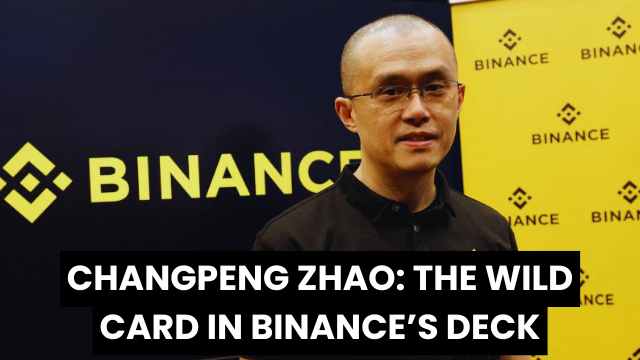
No Binance story is complete without Changpeng Zhao, or CZ as he’s known to crypto fans. The billionaire founder stepped down as CEO in 2023 after pleading guilty to AML violations, serving a brief four-month stint behind bars. Today, as Binance’s largest shareholder, CZ’s influence looms large. Whispers in the industry suggest he’s seeking a presidential pardon—a move that could erase his legal baggage and pave the way for Binance’s full-throttle return to the U.S. market, where its share plummeted from 27% to just over 1% post-settlement.
A pardon for CZ would be a seismic event, not just for Binance but for the entire crypto ecosystem. It could embolden other exchanges to push regulatory boundaries, but critics warn it risks undermining efforts to clean up crypto’s reputation for shady dealings. Whether CZ gets his clean slate or not, his shadow hangs over Binance’s every move.
What’s at Stake for Crypto Investors and Beyond
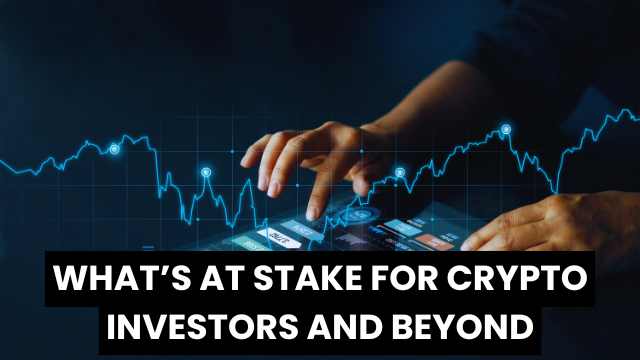
This isn’t just a corporate chess game—it’s a moment that could shape crypto’s future. Bitcoin’s hitting dizzying heights, crossing $109,000 in 2025, but the market’s jittery, rocked by Trump’s trade tariffs and regulatory flip-flops. Stablecoins like USD1 promise stability in this storm, making Binance’s potential deal with WLF a magnet for investors craving predictable returns.
For everyday crypto users, the outcome of Binance’s regulatory tug-of-war matters too. Less oversight could mean faster innovation—think lower fees or slicker trading platforms—but it also risks repeating past mistakes, like the unchecked flows that landed Binance in hot water. Meanwhile, Trump’s involvement raises eyebrows: Is WLF a genuine disruptor or a political lightning rod?
The Bigger Picture: Crypto’s Dance with Power

Binance’s gambit reflects a broader truth: crypto isn’t just about code and coins anymore—it’s about power, politics, and global influence. As the industry matures, heavyweights like Binance are rewriting the rules, forging alliances, and navigating regulations to stay ahead. Partnering with a Trump-backed venture while pushing back on U.S. oversight is a bold play, one that could cement Binance’s dominance or backfire spectacularly if regulators dig in.
For now, the crypto world is watching, wallets open and keyboards buzzing. Will Binance pull off this high-wire act? Will WLF’s stablecoin soar or stumble? And what does it mean when crypto giants and political dynasties join forces? One thing’s clear: in the blockchain era, the stakes are higher than ever.
Disclaimer:
This blog post is for informational purposes only and does not constitute financial, legal, or investment advice. We do not guarantee accuracy, reliability, or security. Any actions taken based on this content are at your own risk. Always conduct your own research and consult a professional before making decisions.

